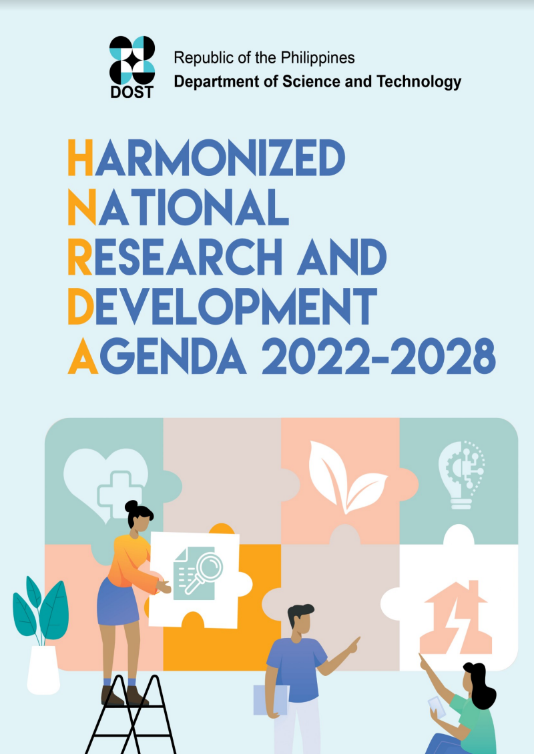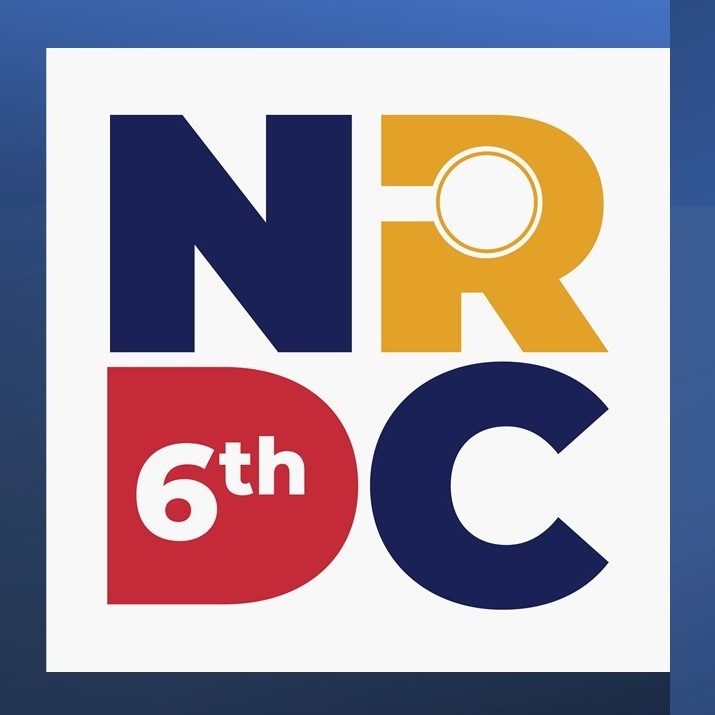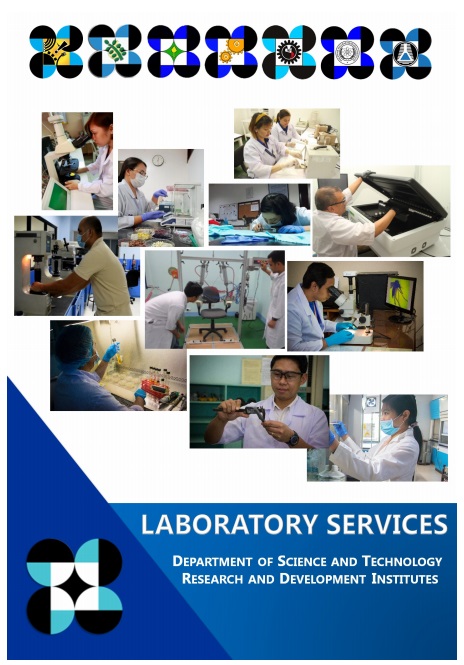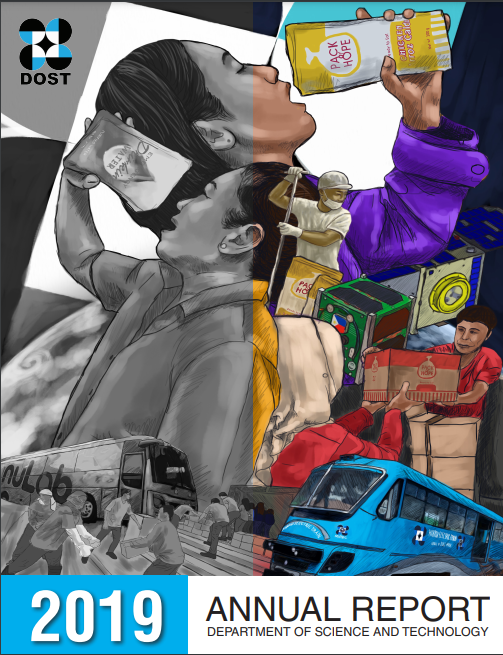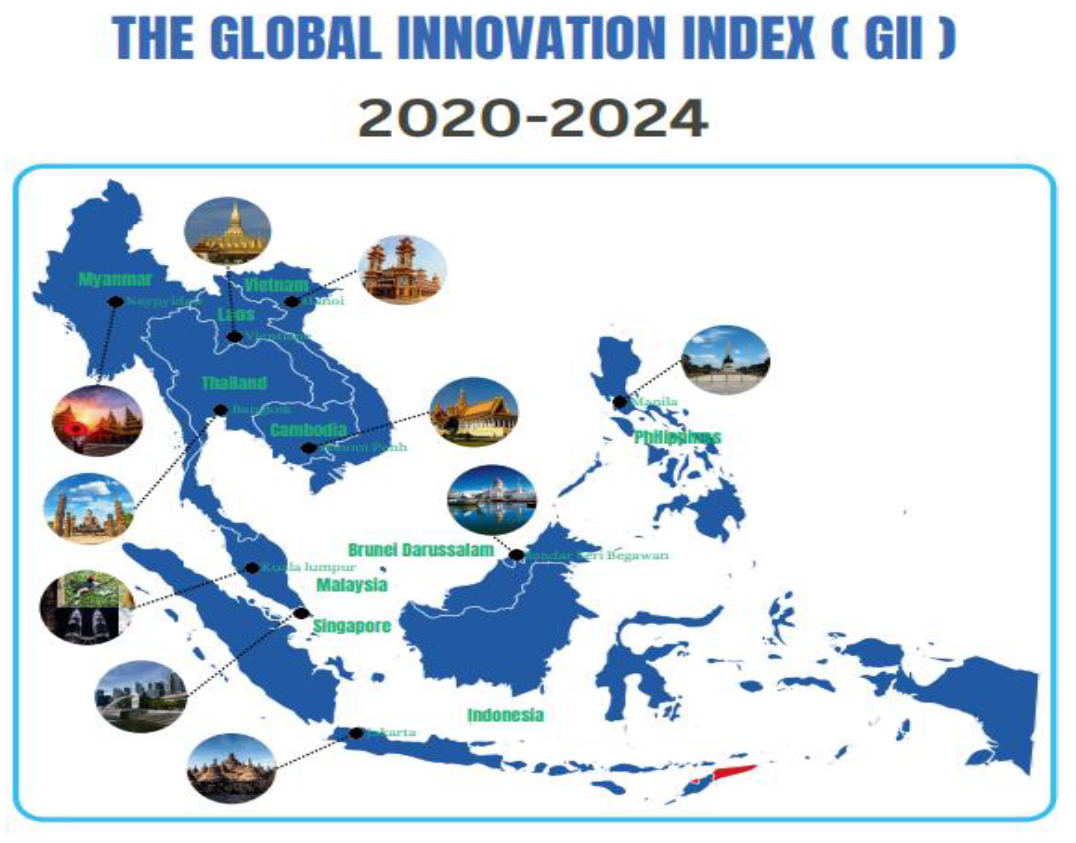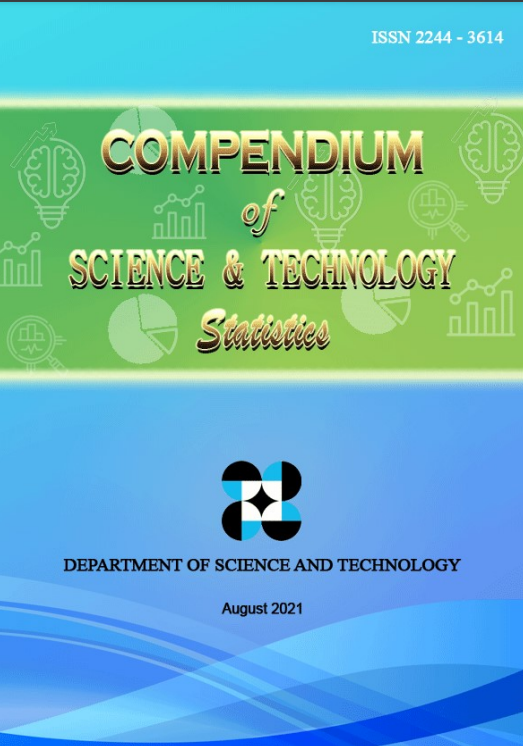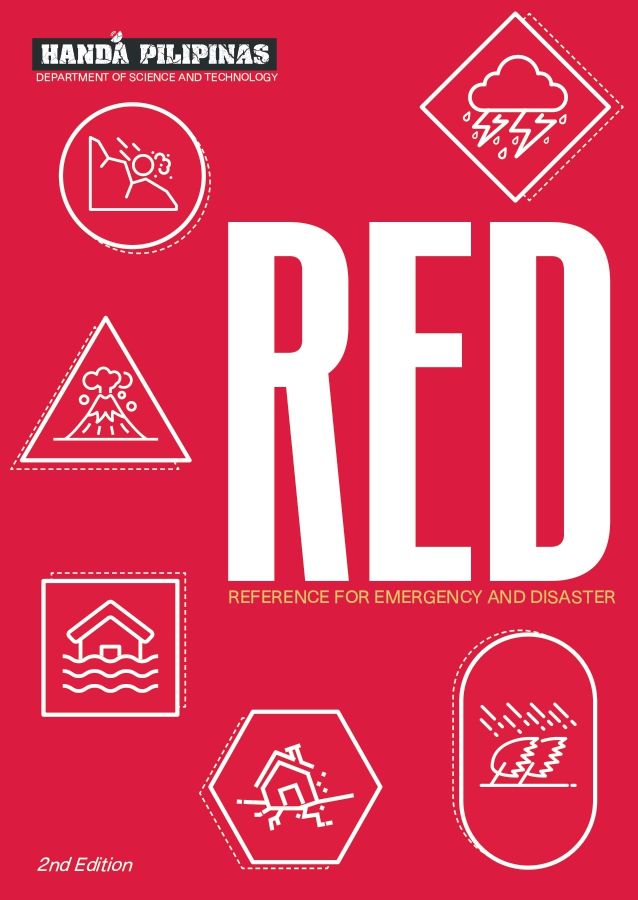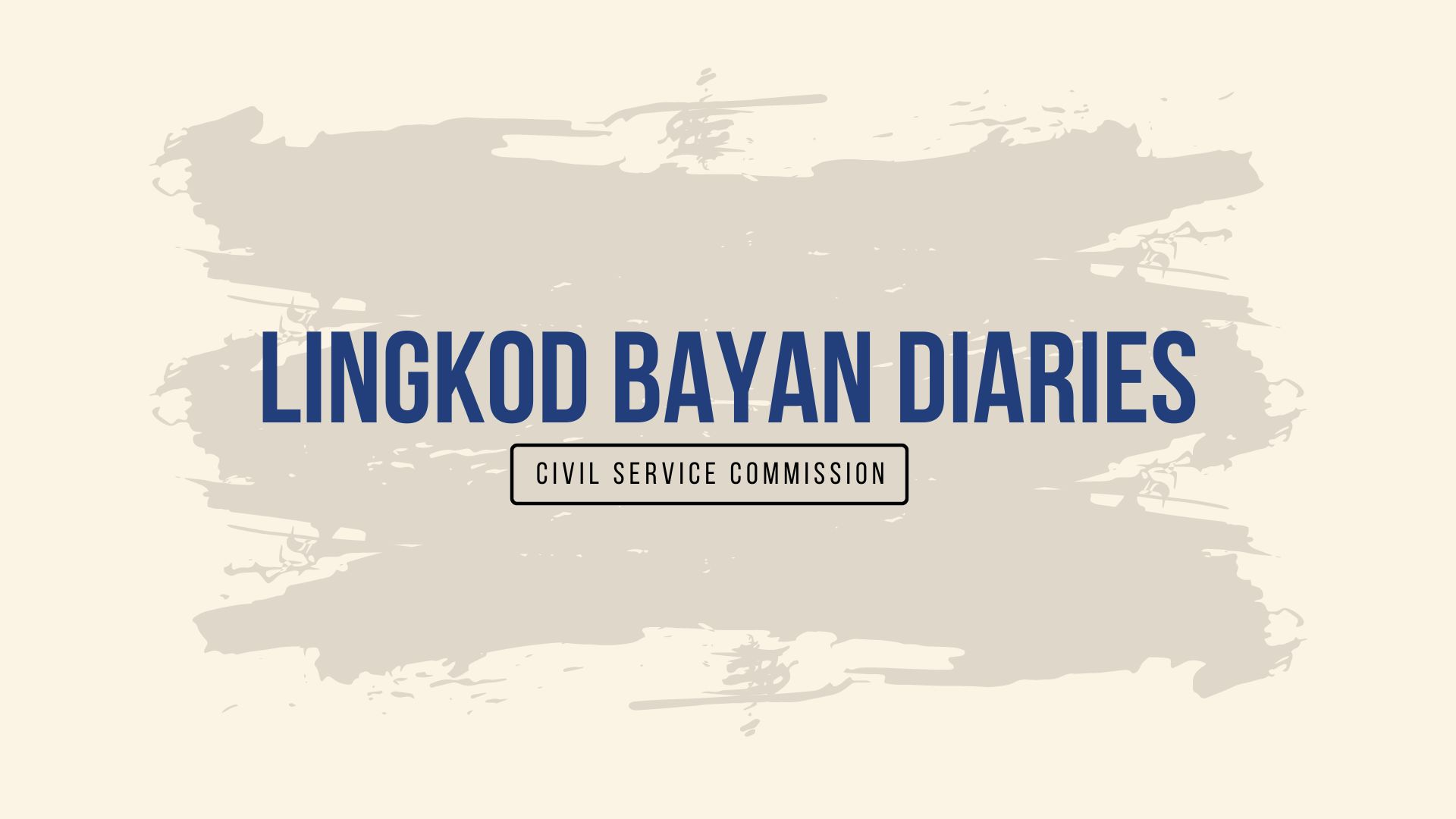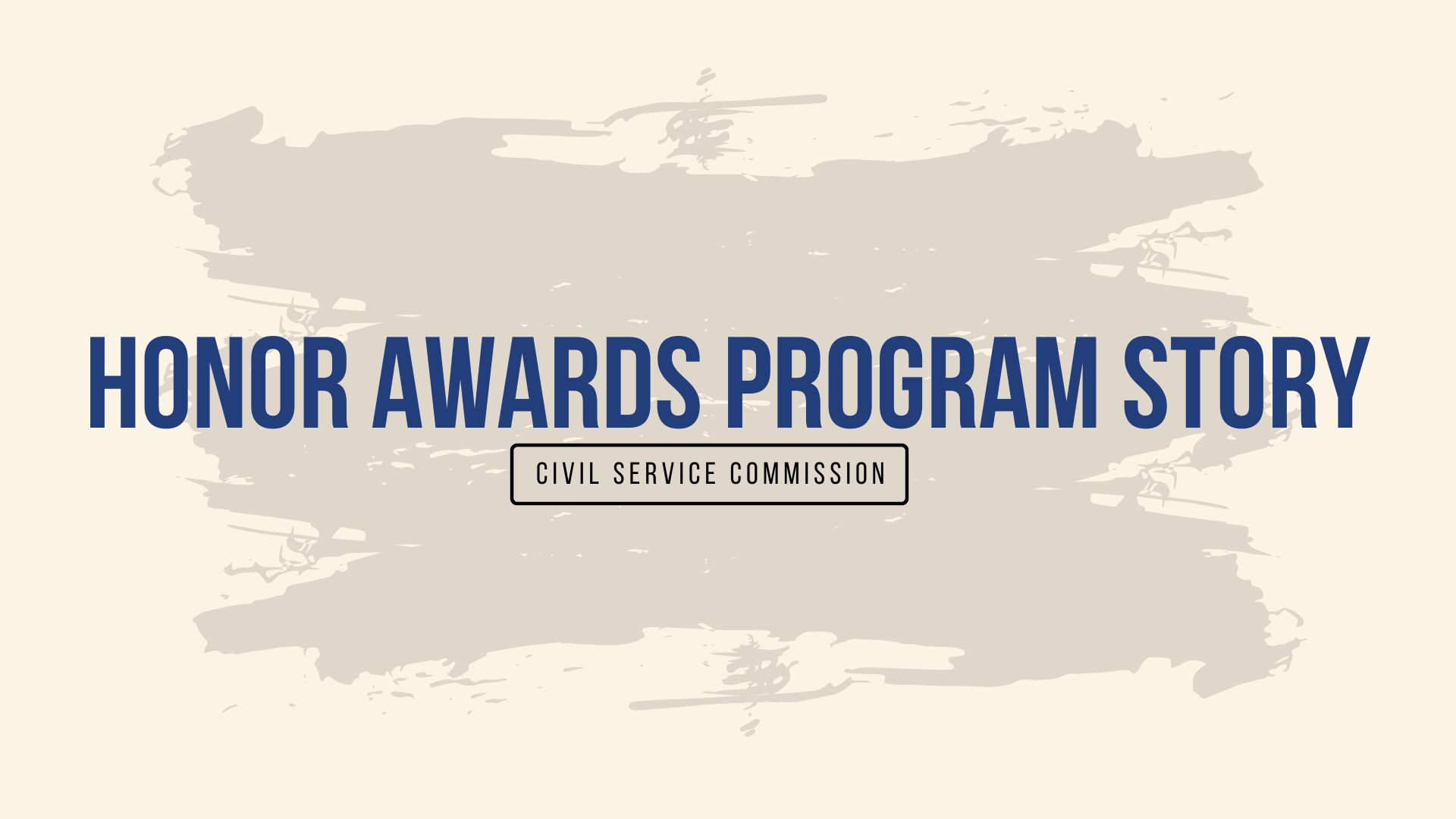Nat’l S&T Week opens Tuesday
- Details
- Hits: 3896
Dubbed as ExpoScience 2013, the National Science and Technology Week opens Tuesday to run until Saturday (July 23-27) at the SMX Convention Center, SM Mall of Asia, Pasay City to showcase the latest innovations, interventions and inventions of Filipino scientists, engineers and various works by the entire scientific community. This year, the event organized by the Department of Science and Technology (DOST) gves more attention to DOST’s solutions to the pressing needs of various sectors like agriculture, transportation, industry, services and climate change.
With the theme “Science, Technology and Innovation: The Road to a Smarter Philippines,” the annual NSTW 2013 gives emphasis on the role of science and technology in making a better future for Filipinos through its projects and services that spur socio-economic development.
To be showcased during the event are some of the DOST technologies that include the Advanced Materials Testing Laboratory or ADMATEL, a testing facility for the semiconductor industry; the Automated Guideway Transit (AGT) system aimed at providing alternative transportation in Metro Manila to ease traffic congestion; the Project NOAH and its components as a vital tool to address climate change; DOST’s Certified Seed Production program for improved agricultural productivity; and the other ICT-driven tools to make the business process outsourcing (BPO) industry more competitive.
The event opens on Tuesday highlighting DOST’s innovations on disaster preparedness and climate change, such as the MOSES or Mobile Operational System for Emergency Services, a locally designed computer tablet designed to receive real-time weather and flood information reports from DOST’s Philippine Atmospheric, Geophysical and Astronomical Services Administration (PAGASA) and Project NOAH. Said information will help local officials down to the barangay level make informed and accurate decisions to prevent massive destruction and casualties. For the pilot test, DOST will provide 1,000 units to different barangays in Metro Manila.
The opening day will also feature the ceremonial switching of Project NOAH’s 1,000 sensors expected to be installed within the year. The public will also be updated on DOSTv, a web channel that provides 24/7 information on the weather and other related matters. Further, there will also be a Disaster Summit in the afternoon to be participated in by local government unit officials.
For more information on the day’s events and NSTW schedule, log on to http://nstw.dost.gov.ph/nstw2013/ or check out the ExpoScience 2013 Facebook page at https://www.facebook.com/pages/EXPO-Science-2013/ (Framelia V. Anonas, S&T Media Service)
Natural hazards explained in layman’s terms at Bagyo, Lindol, Tsunami at Baha launch in Expo Science 2013
- Details
- Hits: 7086
The Philippine Atmospheric, Geophysical and Astronomical Services Administration (PAGASA) will launch its BLTB (Bagyo, Lindol, Tsunami and Baha) Project, on July 23, 2013 during Expo Science 2013 in celebration of the National Science and Technology Week (NSTW) at the SMX Convention Center, Mall of Asia Complex, Pasay City. The launching is part of the track session on Climate Change and Disaster Mitigation during the week-long NSTW organized by the Department of Science and Technology (DOST).
The project aims to do away with the technical side of natural hazards and instead provide the public with clearer, more simplified explanations so they will have a stronger grasp of these calamities and be better prepared. Part of the launch will be an audio-visual presentation, in animation, of the BLTB Project.
The launch will be followed by the Metro Manila Disaster Summit with the theme “Metro Manila: Alerto! Handa Na!” The summit’s objective is to educate local government units (LGUs) about the present and potential geohazards in their specific areas. Geologic scientists have been uncovering additional geologic risks aside from those that have been previously identified. PAGASA, together with the team behind Program NOAH - another DOST centerpiece project for disaster preparedness – will show these newly identified hazard risks via a multi-hazard map – a digital rendering of the risks that can arise from different types of calamities. With this information, LGUs and other concerned sectors can plan ahead and keep casualties at a minimum in times of disaster.
For the summit, LGU representatives, civic groups working on disaster prevention, and telecommunications sector representatives, are encouraged to attend. “The telecom sector plays a big part in disaster risk and reduction management efforts because they provide the network infrastructure for quick response,” Alan Taule of the Program NOAH explained.
S&T-based solutions on showcase at DOST’s Expo Science 2013
- Details
- Hits: 5223
Every year, the Department of Science and Technology (DOST) celebrates the National Science and Technology Week to showcase the latest innovations, interventions and inventions of Filipino scientists, engineers and various works by the entire scientific community. This year, the weeklong event focuses more on the pressing needs of various sectors like agriculture, transportation, industry, services and climate change.
Dubbed as ExpoScience 2013, it carries the theme, “Science, Technology and Innovation: The Road to a Smarter Philippines.” As the theme connotes, DOST gives emphasis on the role of science and technology in making a better future for Filipinos through its projects and services that spur socio-economic development, leading to a “smarter” Philippines. The ExpoScience 2013 will be held on July 23-27, 2013 at the SMX Convention Center, SM Mall of Asia, Pasay City.
To be showcased during the event are some of the DOST technologies that include the Advanced Materials Testing Laboratory or ADMATEL, a testing facility for the semiconductor industry; the Automated Guideway Transit (AGT) system aimed at providing alternative transportation in Metro Manila to ease traffic congestion; the Project NOAH and its components as a vital tool to address climate change; DOST’s Certified Seed Production program for improved agricultural productivity; and the other ICT-driven tools to make the business process outsourcing (BPO) industry more competitive.
Prior to Expo Science 2013, DOST has forums and conferences to set the stage in celebrating the main event and fully jumpstart its advocacy to promote science, technology and innovation as viable solutions in improving the lives of Filipinos.
Last July 4 and 5, the Food and Nutrition Research Institute (FNRI) conducted its 39th FNRI Seminar Series with forums, book launching, mini fair, and exhibits. Some of the relevant topics discussed were the 2012 Nutritional Guidelines for Filipinos, brown rice, FNRI-developed complementary foods for babies, the DOST Pinoy model, production of fortified multi-nutrient growth mix and FNRI’s partnerships with private companies like Del Monte Philippines and Robinsons Supermarket to promote proper nutrition to a larger audience.
The 8th Outstanding Young Scientists Inc (OYSI) Annual Meeting and Scientific hel July 9, 2013 at the Manila Hotel had eminent speakers including Dr. Felino P. Lansigan, OYSI president; Dr. Nicomedes P. Eleazar, director of the Bureau of Agricultural Research; Jesus M. Tanchanco Jr., chairman of Food Entrepreneurs and Exporters Organization of the Philippines; Dr. Vicente Y. Belizario Jr., vice chancellor for research and executive director of the National Institute of Health; Dr. Irene M. Villasenor, professor at the University of the Philippines Diliman; Atty. Jose Maria A. Ochave, senior vice president of United Laboratories Inc.; and Dr. Rainier B. Villanueva, founding president of Chamber of Health Industries in the Philippines.
On July 10 and 11, the National Academy of Science and Technology (NAST) held its 35th Annual Scientific Meeting (ASM) at the Manila Hotel with this year’s theme, “Harnessing Science and Technology: Reversing the Decline of the Manufacturing Sector in the Philippines.” Among the guests were Secretary Arsenio M. Balisacan of the National Economic and Development Authority (NEDA) and Secretary Gregory L. Domingo of the Department of Trade and Industry. Some of the topics discussed include development progeria, processed food and wood products, high value product aquatic biofactories, integrative approach for developing sustainable manufacturing industry, occupational safety and health, and stem cell therapy.
DOST to set up smarter electronics product development hub
- Details
- Hits: 5360
The Department of Science and Technology is set to establish a modern, world-class product development center for electronics industry in Bicutan, Taguig City. This was revealed by Engr. Peter Antonio Banzon from DOST’s Advanced Science and Technology Institute in a recent forum on electronics and semiconductor industry at the New World Hotel in Makati City. The forum was part of DOST’s Philippine Council for Industry, Energy, and Emerging Technology Research and Development’s third anniversary celebration.
The proposed two-floor center will house state-of-the-art equipment and laboratory facilities specifically designed to cater to the electronics industry. The facilities will address the three major critical processes or steps in electronics product manufacturing, namely functional design, product prototyping, and product pilot releasing. These stages involve complex and highly important procedures to ensure products design quality and compliance to standard regulations.
“The center will basically support future R&D projects of electronics companies by providing access to tools and equipment as well as expert manpower in the product development center,” Engr. Banzon said.
The electronic industry is a key player in Philippine progress being the leading industry by contributing to as much as 67 percent of the country’s export share. In 2010, revenue from this industry reached USD31 billion. But a market study conducted by ASTI showed that given a conducive business environment and the necessary facility support, revenue can reach up to USD50 billion in 2016.
This potential will be highly maximized with the establishment of the center. Normally, local electronic companies send samples abroad for product design and testing, which may cost as much as USD5,000 to USD30,000.
Through DOST’s electronic product center, cost will be reduced to half and there will be a shorter turn around time unlike results from tests conducted abroad, which may take months. Further, companies can also easily mitigate risks to avoid certification test failure because of its accessibility. Thus, an increased foreign investment in electronics industry is expected.
The project has a total budget of PhP268 million, 90 percent of which will go to acquisition of the needed equipment. Currently, bidding for EMI Test System, one of the critical equipment required, is now ongoing. Building renovation will be followed by product prototyping which is targeted to start within the year.
Laboratory experts composed of consultant, engineers, and technicians will man the facility. When fully operated, the facility is expected to generate around PhP3.8 million annual income only from member companies of the Electronics Industries Association of the Philippines, Inc. (EIAPI), discounting other possible users.
Aside from the electronics industry, other potential users of the center include independent designers such as start-up businesses or incubation ventures, academe, other government agencies like National Telecommunications Commission and household appliance manufacturers and importers.
Late last year, DOST also launched the ADMATEL or Advanced Device and Materials Testing Laboratory, to cater to the semiconductor industry. Operation of the electronics product development center will complete the need of the country’s electronics exports, which is composed of 25 percent electronic manufacturing sector and 75 percent semiconductor manufacturing sector.















